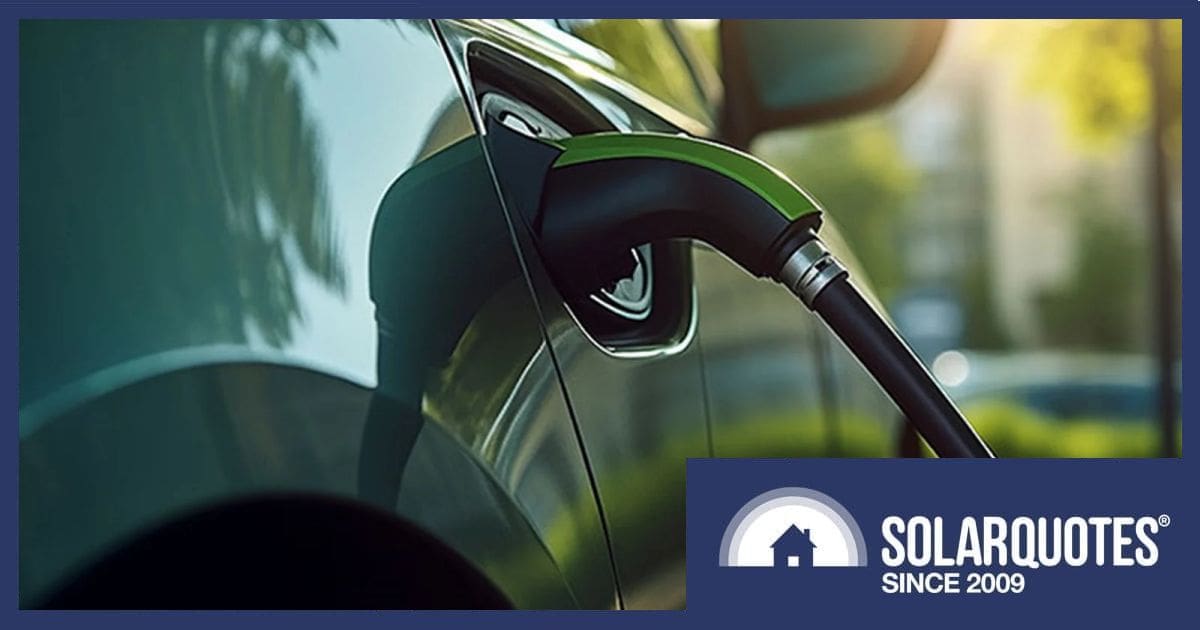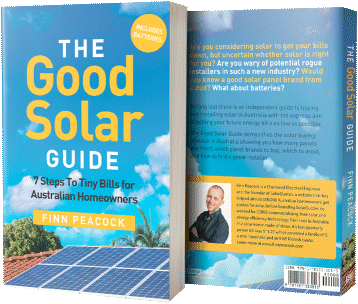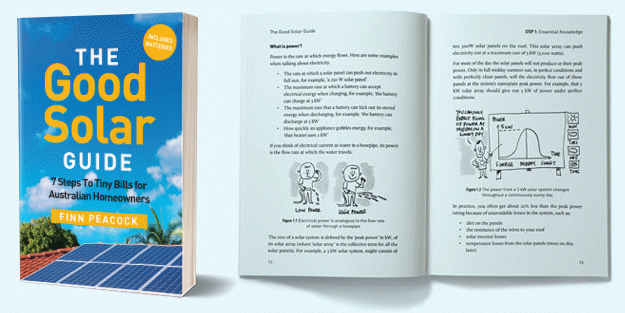
A recently launched parliamentary inquiry in Victoria is delving into how the state can best balance EV charging with electricity supply and demand in the state — and feedback from the public is invited.
What Does The EV Charging Inquiry Cover?
Among the issues to be examined are strategies to support the uptake of electric vehicles. This includes facilitating bidirectional charging that allows a compatible EV to not only charge from the grid, but to send power back to it (V2G – Vehicle to Grid); or to the home (V2H – Vehicle to Home).
It will also be looking at ways to reduce EV charging during periods of peak grid demand, while increasing the activity during periods of peak supply when the state’s hundreds of thousands of rooftop power systems and other considerable renewable energy resources are cranking clean energy.
Whether public charging infrastructure is being installed at a sufficient rate will come under scrutiny, including in older suburbs where most residents don’t have access to off-street parking.
On the electricity distributor side of things, the inquiry will consider how Distributed Network Service Providers (DNSPs) can participate in rolling out infrastructure and how EV charger distribution network tariffs should be set.
“We’re looking at how Victoria can support the transition to electric vehicles in a way that benefits both consumers and the energy system,” said Committee Chair Georgie Purcell. “This includes making sure charging is accessible, affordable and sustainable.”
The inquiry extends to end-of-life issues for EV batteries, repurposing old EV batteries for residential/community energy storage, and associated barriers and opportunities.
Victoria’s Legislative Council Economy and Infrastructure Committee is running the inquiry. The terms of reference can be found here and submission instructions here. The Committee is inviting submissions until 31 October 2025 and will table its report by 27 March 2026.
Finding A Public EV Charger In Victoria
Whether you’re in Victoria or anywhere else in Australia for that matter, you can see where you can top-up while on the road using our public EV charger map; powered by Plugshare. Plugshare also offer a handy (and free) app for Android and Apple.
Victoria’s EV Uptake Goals
The transport sector is one of the biggest sources of greenhouse gas emissions in Victoria, accounting for 25% of the state’s total carbon emissions. The Victorian Government is aiming for half of all new light vehicle sales to be zero emissions vehicles by 2030, in line with the Federal Government’s goals.
According to the Australian Automobile Association, Battery Electric Vehicles (BEVs) represented 6.75% of new light vehicle sales in Victoria in Q2, 2024 and 10.19% in Q2, 2025 (PHEVS: 4.62% and 4.11% respectively).
The state has a Zero Emissions Vehicle Roadmap supported by a range of policies and programs, including Destination Charging Across Victoria (DCAV). This program provided grants totalling $5 million to 32 applicants to support installation of another 133 EV fast-charging stations located within 116 high-use areas and tourism hotspots across regional and metropolitan Victoria by next year.
Victoria once also offered an EV subsidy — $3,000. The zero-emissions vehicle (ZEV) rebate was discontinued on June 30, 2023. At the moment, the state incentive cupboard is bare for home EV chargers and electric vehicles aside from a $100 discount on EV registration; but both have been dropping in price over the last few years.
Victoria’s Big EV Tax Blunder
For a state government that declared it was encouraging EV ownership, a serious misstep involving charging of a different kind was made a few years ago.
Introduced on July 1, 2021, the ZLEV Road-User Charge had Victorian EV owners paying 2.5 cents per kilometre and PHEV (Plug-in Hybrid Electric Vehicle) owners paying 2 cents per kilometre; adding up to around $330 a year for the average EV driver. The ZLEV road user charge was widely condemned as the “worst EV policy in the world” — too much, too soon.
However, the High Court struck down the ZLEV road user charge in 2023, ruling it amounted to an excise; which Australia’s Constitution forbids states from collecting. All impacted EV owners were refunded in full by VicRoads, including card payment fees and interest. The total cost of these refunds was reportedly approximately $7 million.
But a national EV road user charge is now on the cards at a federal level. While it won’t it won’t happen overnight, it will eventually happen.

 RSS - Posts
RSS - Posts



Open Charge Point Protocol (OCPP) has already been developed to allow system operators to curtail or rate limit charging in order to manage peak utilisation periods on the grid. ie 6-7PM weekdays for example. This technology can be used with the right system design to rate limit at the local network level as well as the system level. Always if any rate limiting occurs it should be open and published and justified from a societal perspective. ie if somewhere is getting excessively rate limited that location should be considered for network upgrades to keep things fair for everyone.
Charging crossovers need to be legislated by the state as a straight forward thing that can be installed in inner suburbs. This effects upto 200,000 residents of inner city Melbourne. Areas where there is enthusiasm for early EV uptake.
incentivising EV charging can be achieved by retailers. OVO already lead the way on this with free charing 11AM-2PM and others have similar overnight deals.
The obvious is needed, a lot more chargers at workplaces, a lot more chargers on all routes.
And all need reliable, and ample site solar / grid capacity to cope with expected numbers at the relevant locations.
Solar with grid backup is all well and good with workplace chargers . . . who is willing to pay for that is another thing, but highway where grid is not up to even 2 outlets and solar / batteries won’t cope with non solar hours is a bigger issue.
Eg. it’s well known that highway chargers in busy places are hobbled when they are at vehicle full capacity, with a queue waiting, so even superchargers are limited to far less per outlet.
This is no good at all when people travelling need a max 15 min 80% charge to get back on the road in a reasonable time.
This is going to be a major issue on long remote stretches of national highway, or there will be the same diesel generators in the background powering them, like even 2 outlet chargers have on places like the SA – WA highway 1 route.
Victoria must be a strange place
“older suburbs where most residents don’t have access to off-street parking”
My experience in Qld is that older suburbs usually have 1/4 acre blocks with oodles of off street parking.
It is new suburbs with 2 to 300m2 blocks in Qld that have no off street parking, and indeed on street parking in these suburbs, you are lucky to fit one car per house block.
Charging stations currently are operated by multiple operators, many requiring specific apps or cards to allow charging. Why can’t all chargers just require a standard credit card for payment, I think this has been mandated in some other countries. While more charging stations are required, many are located in obscure locations where security can be of concern at night times and are unsheltered meaning in adverse conditions chargers may be connected/ disconnected in pouring rain. Most Petrol stations have covered drive through bays for similar reasons.
Rob Clayton
Further:
1) ALL shopping centres with outdoor parking spaces should be fully covered with canopies supporting solar arrays that power EV (AC and/or DC) charges (Type 2 and CSS2). Underground should likewise support AC and/or DC charges.
2) Start building petrol-station-like charging stops. Undercover charging. DC charges powered by solar and big battery banks (eg Tesla MegaPacks or equivalent) – standalone/offgrid, or on-grid for battery top-up during cloudy days/night time top-up etc, and optionally export to grid during peak times. Mini mart for drinks and food, seating while you wait. Digital air hoses for tyre pressure check and inflation. Rubbish bins. Water buckets with squeegee. Drive-thru charges for those with a trailer. Everything a petrol station has today but for EV’s.
3) Forward-thinking / future-proofing EV transport is required. So build far more solar/wind farms with big batteries to support the grid and eventually replace all coal fired stations.